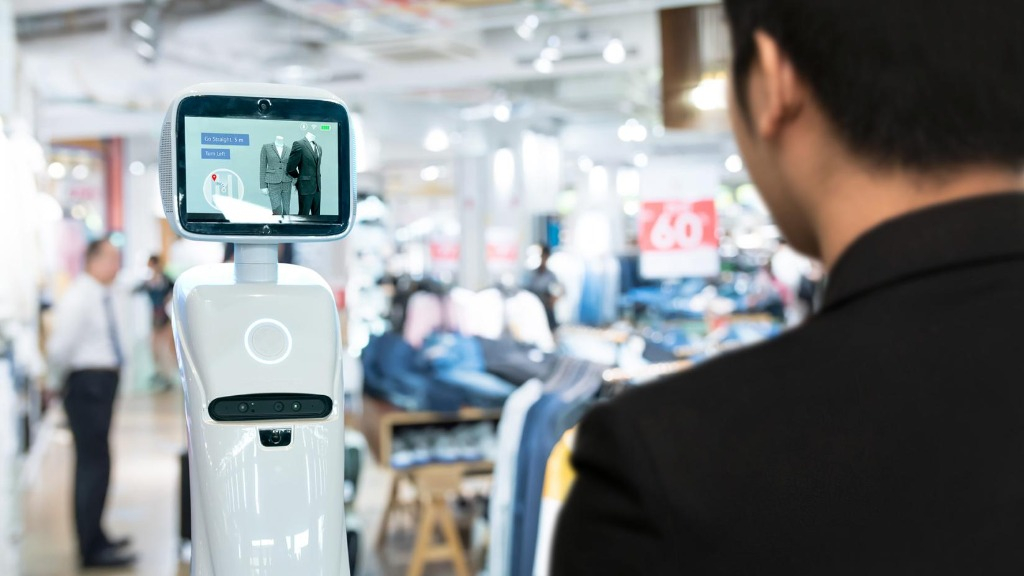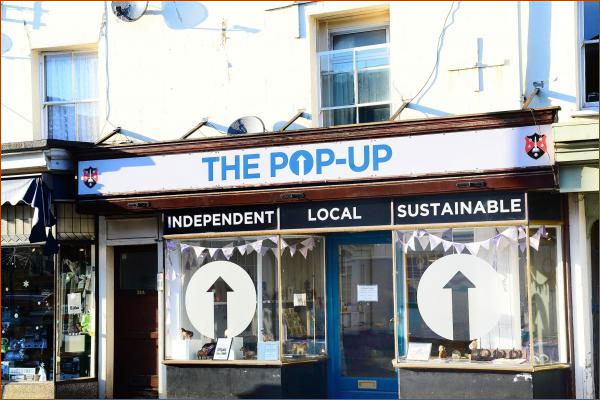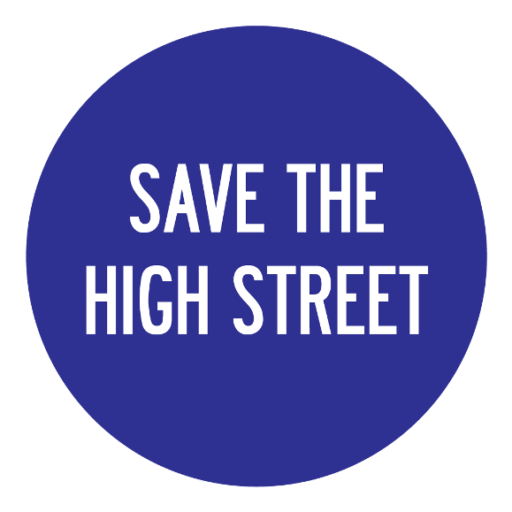How has the role of a retail store changed over the years
what are the big predictions for the future of retail?
Retail stores represent where and how we shop. Now we have options to carry out the same task. Here we explore what is the role of a retail store now and in the near future.
Stores are therefore not merely transactional but where customers experience a brand. That includes many touch points along the customer journey, on and offline with various combinations of engaging activities – through social media, e-commerce, browsing, shopping for the fun of it, going for customer service, collecting, or returning purchases, spending time with family and friends, attending events and more.
Activities other than shopping; discovering or learning something new and feeling a sense of community.
Good store design and visual merchandising were never just about designing a purely transactional environment. As designers and merchandisers, we always delivered stores that physically manifested a brand and presented the client’s products and services most appropriately, always considering all the senses.
Stores were originally designed to display products and facilitate customer services
Seating areas, cafes, gift wrapping, and delivery services are by no means anything new. The introduction of technology was another form of display, replacing static images and offering some digital interaction. Other technologies such as augmented reality are still evolving but can it be better than trying an item on and seeing hot it firs, looks, and feels? Especially when already in a store? There is an opportunity for technology to be more than gimmicky and relevant to the in-store experience.
AI could replace salespeople, but it begs the question; what are the benefits of going to a physical store?
Technology can eventually make shopping at home or anywhere other than a store seamless, easy, and fun. So, if the store wants to be relevant, it must be more of an experience than technology can offer. On a positive note, AI could help salespeople deliver a better, more personalised shopping experience and help with many aspects of retail operations.
Predictive analytics can help business owners order the right amount of stock so that stores won’t end up with too much or too little. AI can also track data from online channels, informing better e-commerce strategies.

Humans, as social animals, may continue to want face-to-face and real-life interaction. That is what the store can offer. It will just be one part of a brand experience and be that place where human interaction builds brand loyalty.
The future of a retail store: what are the main factors?
So, the design and overall presentation of a store will be more about designing for these interactions and experiences on top of the product display and services customers need. Efficiently and effectively utilising space will be a challenge as experiential areas will not always be used. Flexibility and modularity may be needed to quickly change space usage.
Store design and VM could be more wasteful. New stores are being built and renovated. and pop-ups are trying to keep up with trends and stay ahead of the competition, leading to a lot of waste. Sustainability is not just a greenwashing trend but a necessity and will be the norm. And it’s a costly material choice. The more it is widely adopted, the more the prices will come down; however, sustainability and our responsibility to the environment will be more demanding, meaning brands must align their values on this issue.

On a final note
All this leads to one central point, the customer and how they want to shop and interact with brands. Retail has and will continually adapt to their needs and desires. Some retailers will lead the way, and most will just follow, but in the end, attracting and keeping customers returning will be at the root of store design for the foreseeable future. The role of a retail store will evolve as consumer expectations shift and change.
If you enjoyed this article, find more to read via SavetheHighStreet website. If you want to get in touch, complete the form below or send an email to: partners@savethehighstreet.org.




